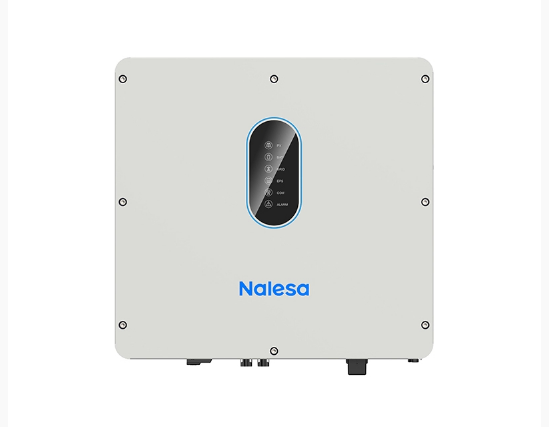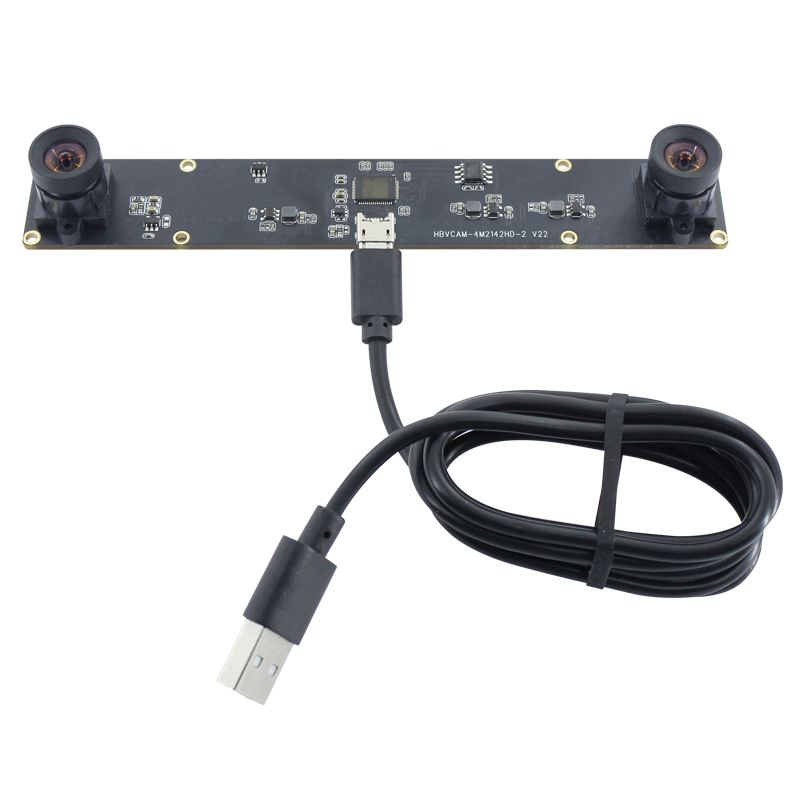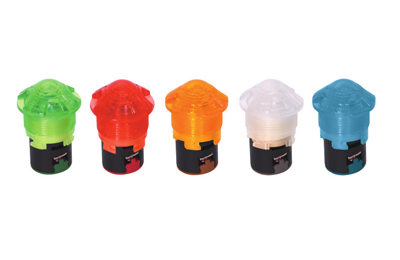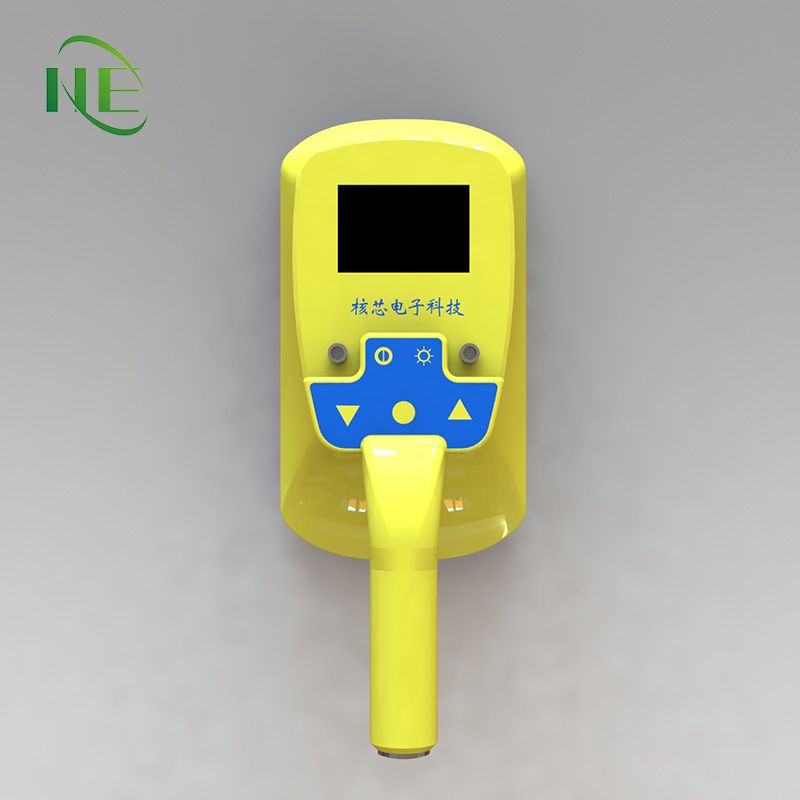What is the cross arm of the transmission line?
In the vast network of electricity transmission lines that crisscross our landscapes, cross arms play a fundamental role, often overlooked by the casual observer. Yet, these seemingly simple components are integral to the stability and reliability of the entire system. Let's delve into what cross arms are, their purpose, and why they are essential in the infrastructure of transmission lines.
What are Cross Arms?
Cross arms, also known as crossarms or crossarms, are horizontal structures mounted perpendicular to the main support structures of overhead transmission lines. Typically made of wood, steel, or composite materials, cross arms serve as platforms for insulators and conductors, providing support and spacing between the electrical components.
Purpose of Cross Arms:
The primary function of cross arms in transmission lines is to provide mechanical support and electrical insulation for the conductors. They help maintain the proper spacing and alignment of the wires, preventing them from touching each other or the supporting structures, which could result in electrical faults or short circuits.
Key Components of Cross Arms:
Insulator Pins: Cross arms feature insulator pins, which are used to secure the insulators that support the transmission conductors. These pins are typically made of metal and are attached to the cross arm at regular intervals.
Attachment Points: Cross arms provide attachment points for various hardware, such as strain insulators, vibration dampers, and lightning arresters. These components help to mitigate the effects of mechanical stresses, wind-induced vibrations, and lightning strikes on the transmission line.
Spacing and Clearance: Cross arms are designed to maintain specific spacing and clearance requirements between the conductors and other structures, such as towers, poles, and buildings. This ensures the safe and reliable operation of the transmission line while minimizing the risk of electrical hazards.
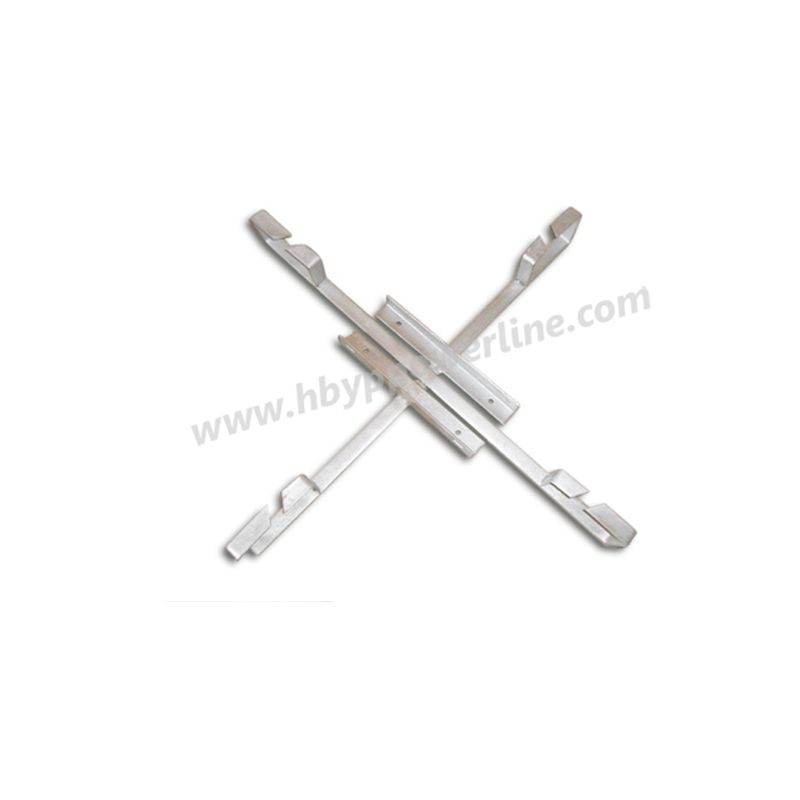
Safety Tips for Kids Biking Alone – How Can Parents Ensure Their Child's Safety?
Liner Dampers: The Unsung Heroes of Vibration Control
Are Electric Heating Pads Good for You?
What are the pros and cons of carbon film resistors?
How do you fix LED screen problems?
The Quest for the Best Wireless Car Charger
Top Benefits of Towline Cables in Automation
Types of Cross Arms:
Wooden Cross Arms: Historically, wooden cross arms were the most common type used in transmission lines due to their availability, ease of installation, and relatively low cost. However, they require regular maintenance to prevent decay, warping, and insect damage.
Steel Cross Arms: Steel cross arms offer greater strength, durability, and resistance to environmental factors compared to wooden cross arms. They are often used in harsher climates or high-voltage transmission lines where additional strength and reliability are required.
Composite Cross Arms: Composite materials, such as fiberglass-reinforced polymers (FRP), are gaining popularity as alternatives to traditional wood and steel cross arms. Composite cross arms offer excellent strength-to-weight ratios, corrosion resistance, and longevity, making them ideal for challenging environments and long-term reliability.
Importance of Cross Arms in Transmission Lines:
Structural Integrity: Transmission Cross arms play a crucial role in maintaining the structural integrity of transmission lines by distributing the load of the conductors and other components evenly across the supporting structures. This helps prevent sagging, swaying, and excessive movement, especially during adverse weather conditions.
Electrical Insulation: By providing insulation between the conductors and the supporting structures, cross arms help minimize the risk of electrical faults, short circuits, and power outages. This is essential for ensuring the safe and reliable transmission of electricity to consumers.
Safety: Properly designed and installed cross arms contribute to the overall safety of transmission lines by reducing the likelihood of accidents, injuries, and property damage caused by electrical hazards or equipment failures. They help maintain clearances and prevent unauthorized access to live conductors.
In conclusion, electrical cross arms are essential components of overhead transmission lines, providing mechanical support, electrical insulation, and safety features that are critical for the reliable and efficient transmission of electricity. Whether made of wood, steel, or composite materials, these unassuming structures play a vital role in the infrastructure that powers our modern world.
What type of connector is the ebike battery connection?
What is the purpose of a micro switch?
RF970 positioning type intrusion detection system provides a security guarantee for a prison in Hunan
Eco-Friendly Material Handling: Advantages of Lithium Forklift Batteries
The Future of IC Design: Innovations and Trends in Integrated Circuitry
From Seismic Sensors to Tsunami Warnings: How Data Saves Lives
Innovations in PTC Heater Technology for Ventilator Applications



